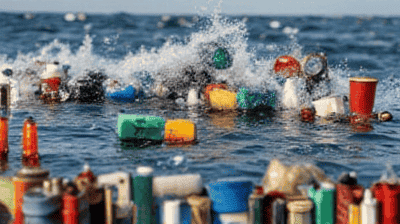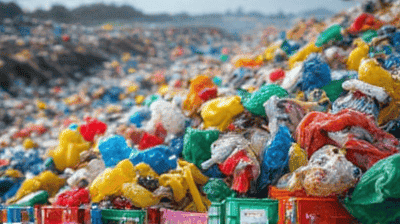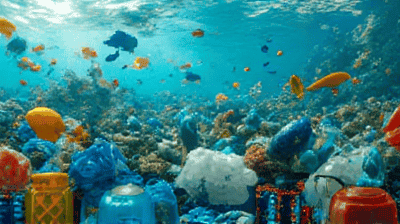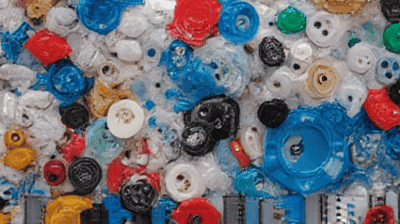
In recent decades, plastic pollution has emerged as one of the most pressing environmental challenges facing our planet. As the world grapples with the consequences of plastic waste, understanding how polymers are made and why they persist in the environment is crucial.
The story of plastics begins in the early 20th century, when chemists began to experiment with synthetic materials. The first synthetic plastic, Bakelite, was developed in 1907 by Leo Baekeland, marking the dawn of the plastics age. Since then, the production and consumption of plastic have skyrocketed, driven by its versatility, lightweight nature, and cost-effectiveness.

Plastics are primarily made of long chains of molecules known as polymers. Polymers consist of repeating units called monomers, which are chemically bonded together to form larger structures.
The production of synthetic polymers involves several key processes:
Polymerization: This is the chemical reaction that links monomers together to form polymers. There are two main types of polymerization:
Processing: After polymerization, the raw polymer is processed into the desired shape or form through techniques such as:
One of the most alarming features of plastics is their resistance to degradation. This attribute is largely due to the nature of their molecular structure and the bonds that hold them together.
Plastics are composed of strong covalent bonds between carbon and other atoms. These bonds provide structural integrity and resistance to external factors such as heat, moisture, and microbial action.
While natural materials decompose over time due to biological processes, plastics do not have the same pathway to degradation. Common processes include:

Plastic pollution poses significant risks to ecosystems, wildlife, and human health. Understanding these impacts is essential for formulating effective solutions.
Marine life is particularly vulnerable to plastic pollution. Animals can ingest plastic debris, mistaking it for food, leading to internal injuries, malnutrition, and death. Additionally, entanglement in plastic waste can cause physical harm to various species.
Plastics can disrupt natural ecosystems by:
Plastic pollution also poses risks to human health through:
Addressing plastic pollution requires a multifaceted approach. Solutions can be divided into prevention, remediation, and innovation.
Reducing Plastic Usage: Encouraging individuals and industries to minimize plastic consumption is vital. This can be achieved through:
Policy and Regulation: Governments can implement policies that limit plastic production and usage, such as:
Biodegradable Plastics: Research into developing biodegradable alternatives to traditional plastics holds great promise. These materials are designed to break down more easily in the environment.
Plastic Alternatives: Using materials such as hemp, bamboo, or recycled paper can reduce the reliance on plastics.
Technological Advancements: Innovations in plastic recycling technologies and processes can enhance efficiency and effectiveness in managing plastic waste.

The fight against plastic pollution is an ongoing battle that requires global cooperation and commitment. To create lasting change, we must foster a culture of responsibility and sustainability.
Education plays a crucial role in raising awareness about plastic pollution. By informing the public about the impacts of plastic and encouraging environmentally friendly behaviors, we can drive change at the local and global levels.
Tackling plastic pollution requires collaboration among governments, industries, scientists, and communities. Through partnerships, we can develop and implement scalable solutions that make a tangible difference.
Continued research into materials science, environmental science, and waste management practices will be essential for developing innovative solutions to plastic pollution.
Plastic pollution is a complex challenge that stems from our reliance on synthetic polymers. Understanding how plastics are made and their environmental impacts is crucial for addressing this pressing issue. By embracing prevention strategies, remediation efforts, and innovative alternatives, we can work together to mitigate the effects of plastic pollution and create a healthier, more sustainable planet for future generations.